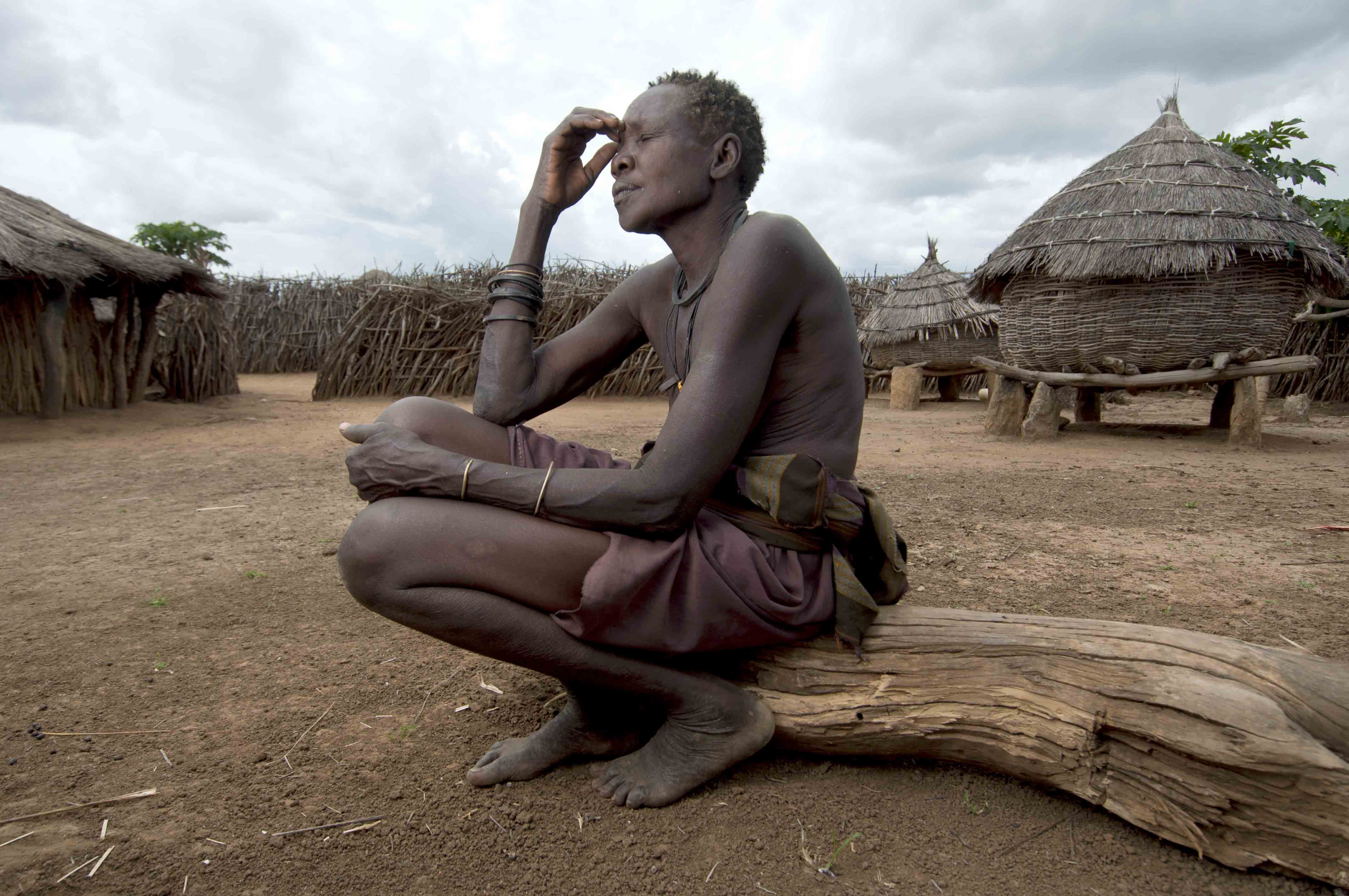Uganda needs to brace itself for worsening drought in 2017, experts from Makerere university’s geography department have warned, blaming the current absence of rainfall on a dry climatic condition referred to as “La Nina”.
People and animals’ lives are at risk because they have not had a chance to recover from drought in 2014 as the rain is not evenly distributed in 2015 and 2016, lecturer and co-ordinator of the meteorology unit at Makerere University, Dr. Alex Nimusiima, revealed.
“There is no change in the amount of rain we receive but what has changed is the rainfall distribution which means that the rain is not evenly distributed and it is also falling too much at a time when it is least needed. This affects the crop cycle and can lead to disruptions on the planting and harvesting schedule,” Dr. Nimusiima told NTV.

Since last year, all regions in the country have a stressed food shortages with East and Central having the highest population [1.88million] followed by South Western [1,24million], Teso [1.1million and West Nile [1.04 million]
The Disaster preparedness state minister Musa Ecweru has reported some hunger-related deaths already in Karamoja sub-region and other people living on one meal a day.
“Between 49 and 80 percent of the about one million people in Karamoja are already in acute food shortage and depend on relief supplies from WFP and the population facing food shortages has kept increasing,” Mr Ecweru said.
He said the districts most affected are those in the usually drought-prone zones of the cattle corridor that stretches from Karamoja through Teso Sub-region, and some parts of Ankole region.
The minister for agriculture, Vincent Ssempijja, says the number of Ugandans in need of food aid has shot up to 1.5 million people from 1.3 million registered in November 2016.











